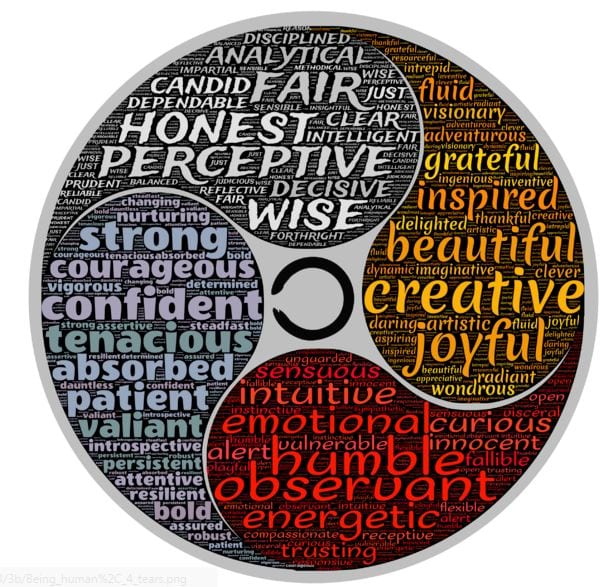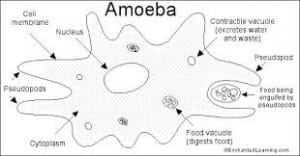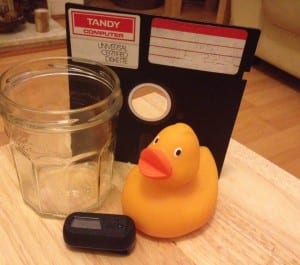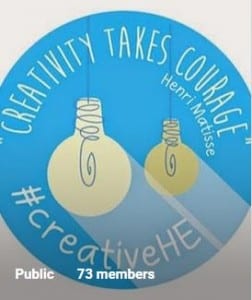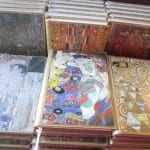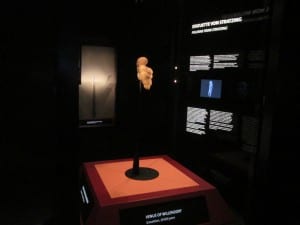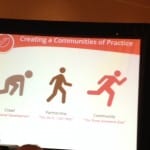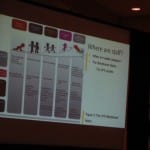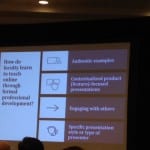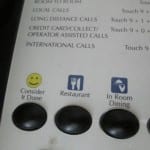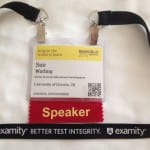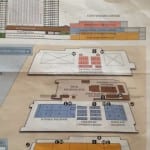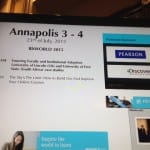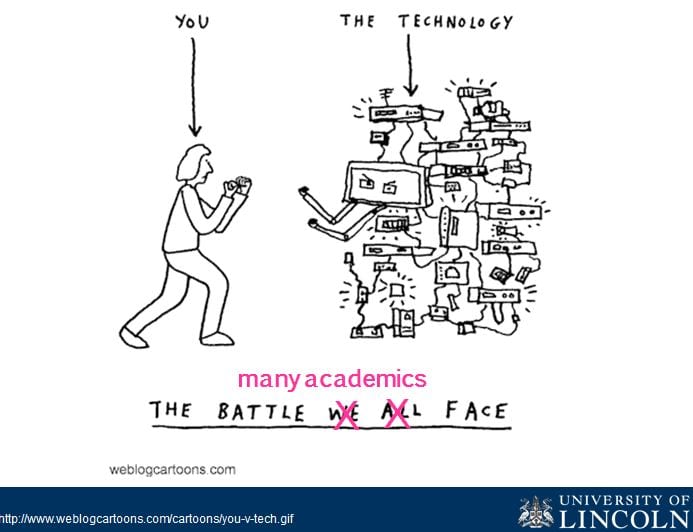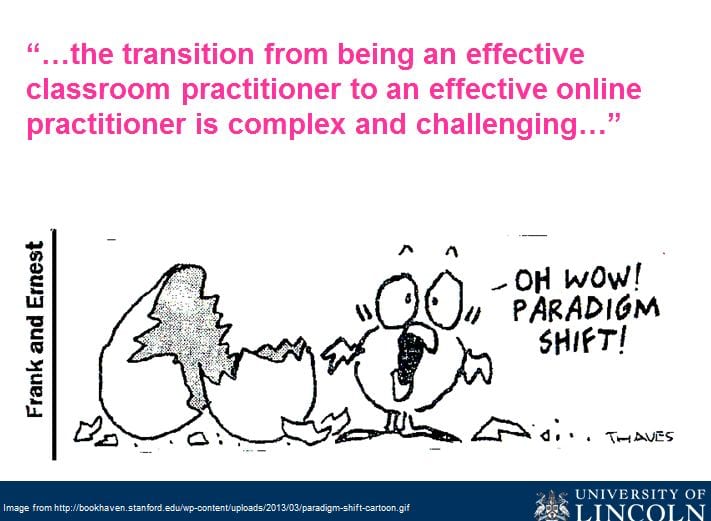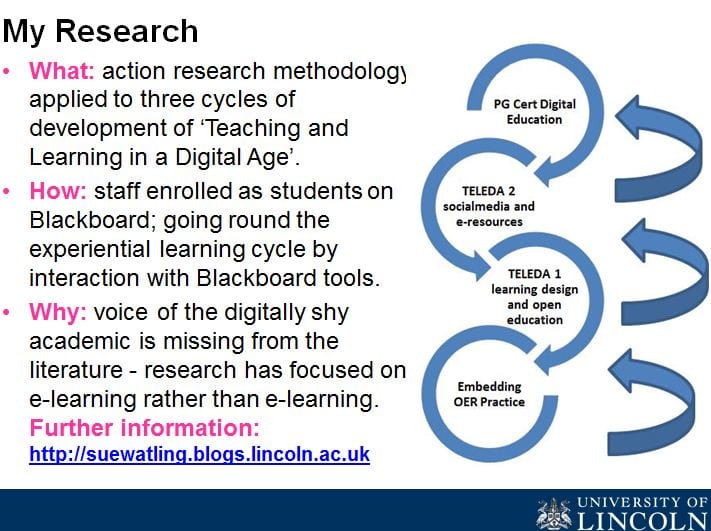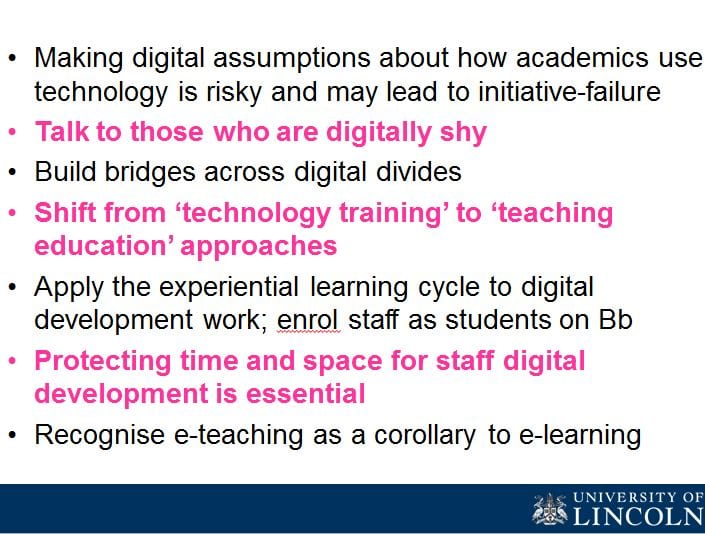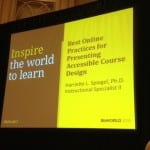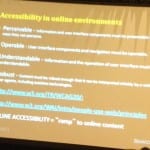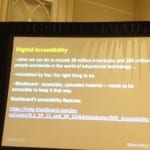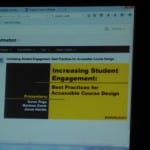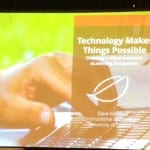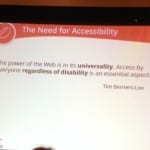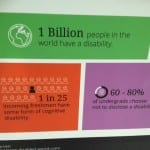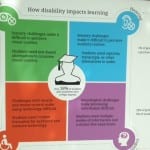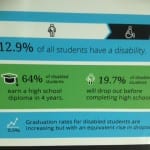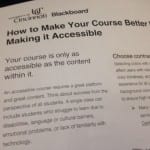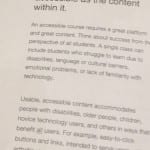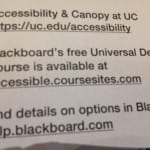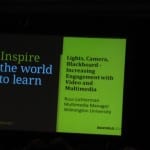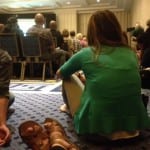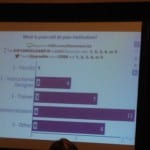I was asked this week for my top tip for moderating online discussion forums. It reminded me of a conference presentation I gave last year which offered Seven Top Tips for e-teachers. Here is refreshed and revised version.
Tip 1: banish myths of digital confidence
When it comes to digital ways of working everyone has different approaches. Many staff who teach and support learning might be less confident than you think but disguise it well. Incorrect assumptions about digital capabilities lie at the heart of most VLE failures. To teach effectively online requires more than technical competence, there are social , emotional and pedagogical challenges too so avoid making assumptions about attitudes and practices with regard to online spaces.
Recommends. Build in time for an online course induction. Have a draft or practice activity before the real one. Get students to interact. Encourage sharing aims and feelings about working online. It’s helpful for new e-learners to know others might also be nervous about what lies ahead and beneficial for e-teachers to know about these hopes and fears. Avoid seeing social media like Facebook as indicator of the prerequisite digital literacies required or effective use of VLE.
Tip 2: avoid mis-communication
We’ve all had emails which leave you thinking ‘What do they mean by that?’ The absence of face to face clues makes it easier to misinterpret virtual messages. eteachers need to know how online communication has different rules. You can expect expect silence through reluctance to engage or over-enthusiasm dominating a forum. Be prepared for the possibility of receiving mixed messages and always think before you click the send option in particular if the subject is sensitive or contentious. Better wait an hour if feasible or ask a critical friend to look over it first. Once online always online.
Recommends. Discuss the advantages of digital text with students, for example how you can practice, reflect, edit, check spelling then paste the finished content into the Text Editor when ready. Have a net-etiquette guide, either given or constructed during induction. Include the standard advice such as avoid ‘shouting’ with capital letters, using emoticons convey emotions and not being rude or offensive. Make it clear if you wouldn’t say it to someone’s face don’t say it online and if you would say it face to face it still might not be appropriate within a learning environment.
Tip 3: expect identity blur
What do you call an e-teacher? It sounds like a bad joke but is a serious question. You hear tutor, trainer, moderator, facilitator, instructor but never e-lecturer. The status of teaching online isn’t as high as it should be considering the skills required for managing it effectively. e-teachers have a shift in identity from ‘Sage on the Stage’ to the less visible and more silent ‘Guide on the Side’; the loss of accustomed status and practice can take time to get used to.
Recommends. eteaching is complex and challenging but a valuable expertise in its own right. It requires revisiting pedagogies and practices and for some this may require an exploration of the scholarship of teaching and learning . Done well, VLE offer powerful tools for widening participation and enhancing the student learning experience. Be proud of your e-teacher status and take every opportunity to share your new knowledge and skills with others.
Tip 4: use activity based content (ABC)
Online resources have to work hard to guide, motivate, enthuse and excite students as well as retain them through to the end of the course or module. Blended or flipped learning requires a redesign of the curriculum along socio-constructivist principles with lots of opportunities for interaction and activities. Creating opportunities for communication and collaboration are essential for maintaining and completing an effective online learning journey.
Recommends: set up groups with forums, blogs or wikis and offer a choice of activities based on key texts or issues. Get students doing what they do in social media such as searching for and sharing resources. Ask them to comment on the contributions of others and synthesise core ideas. Do this through posters or mind maps. Create presentations with slides, audio and video. Allocate students to groups and ask for peer reviews and feedback summaries. Avoid replicating lectures with 50 minutes of talking heads, coughs and sneezes. Instead, chunk lecture content into smaller pieces interspersed with formative assessment questions. Be inclusive and always provide multimedia transcripts or text equivalents to suit all learning preferences.
Tip 5: put up effective signposting
eteaching and e-learning are different experiences to being in seminars and lectures. elearning is often carried out in isolation and it’s easy to forget how a VLE like Blackboard might look like to a new user accessing it alone. Without the physical presence of tutors or peers, it becomes easy to misread instructions or get lost and then confused in a mass of links and resources, so effective signposting through content and activities is essential.
Recommends. Be clear about learning outcomes and ways to demonstrate them through formative and summative assessment. Be sure your students know what is expected from them, in particular with regard to their online interactions. Give contact details and appropriate times to get in touch through the VLE. Agree response times. Arrange some synchronous activities. Have a weekly virtual drop-in session. Check links are not broken. There is nothing worse than seeing a 404 message. when you want to access a key document. Post weekly summaries which look backwards and forwards. Do this at the same day and time. Keep everything within two clicks from the Home page.
Tip 6: go do a MOOC
Massive Online Open Courses (MOOC) offer free opportunities to see other eteachers at work as well as experience first-hand the loneliness of the long distance learner. You can dip in and out of courses and observe ideas for designing content and enabling communication. Make notes on the diversity of presentation formats and their quality. How important is a professionally produced video compared to the knowledge being disseminated. A webcam might be as effective as a TV Studio. Open Educational Resources (OER) are also worth investigating. These are educational materials made freely available through a Creative Commons licence.
Recommends. Build activities around discovery of open educational resources. Ask students to explore MOOC in their subject area, write a short critical review and share their findings. Visit Coursera, Khan Academy, Udacity or FutureLearn for MOOC and JORUM or MERLOT for OER. JISC offer OER information as well as lists of repositories. Look up Creative Commons licences. Some support re-purposing as well as re-use. Build activities around searching and evaluating free online content. Use social bookmarking like Delicious or Diigo tor a Twitter hashtag to collect links and share them with others.
Tip 7: experience the Pedagogy of Uncertainty
Sometimes e-teaching can feel like communicating with a big black hole. A major challenge is not knowing what to expect. eteachers don’t always know who their learners are – other than their names – or whether or not they will engage with activities. If not, you have to figure out if they’ve got lost or simply lost interest. Either way you need to bring them back to the VLE. Disengagement might be through miscommunication or misunderstanding. Following the these tips will help avoid common errors. Check out the recommendations below.
Recommends: Be honest from the start. eteaching isn’t an easy option but the rewards are worth it. VLE offer inclusive opportunities to widen participation in higher education, in particular for those with multiple time commitments. They can enhance on-campus experiences through encouraging independent and accessible learning at times which suit individual students. Revisit pedagogical approaches to virtual learning. Try Salmon’s Five Stage Model and broad range of e-tivities. Look up Laurillard’s Conversational Framework between tutors, students and peers. Consider the Community of Inquiry approach of Garrison and Anderson, built on the Community of Practice model put forward by Lave and Wenger. Explore the Scholarship of Teaching and Learning through a digital lens. The future of higher education will be increasingly digital and e-teaching a more essential craft and skill, one which is well worth persevering with.


